Anorexia is always a symptom rather than a disease entity in itself. Always remember that anorexia is a secondary event in the course of events. Anorexia is not disease specific but is almost always present in cases of infections, inflammation and so on. Therefore, the main aim is to correct the underlying cause.
If the underlying cause of anorexia is infectious – Treatment includes treating the infection by giving specific antibiotics, supportive therapy etc.
If the underlying cause of anorexia is physical stress or mental stress – treatment includes providing the pet with a stress free environment, taking care of their emotional needs, taking them out for a walk, playing with them, etc.
If the underlying cause of anorexia is established as cancer, or other pathological conditions – the treatment protocol involves resolving these issues.
Anorexia can be managed effectively with concurrent management of the surrounding collateral disease process. PENTOFF DROPS is a homeopathic formulation exclusively for pets. It is very effective and efficient in improving anorexia in dogs and cats which could be due to any of the underlying causes like fever, vomitions, diarrhea, deficiency, anemia, anxiety, constipation, liver problems, or any unknown acute or chronic illness, etc.
Homeopathic remedies work on the principle of “similiasimilibuscuranter” which means “like cures like”, so is our PENTOFF, a superb homeopathic formulation exclusively for pets. It is very effective and efficient in improving anorexia in dogs and cats, maybe due to any of the underlying causes like fever, vomiting, diarrhea, deficiency, anemia, anxiety, constipation, liver problems, or any unknown acute or chronic illness, etc.
Anorexia therefore, as such, is not a disease process but is a PART of the ongoing disease process. To approach this in a 360° manner is important to help our pets recover better and resume their normal habits and rituals.
Happy Pets for a happy you.
Homeopathic Solution For Anorexia Issues
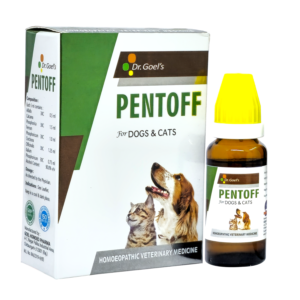
P
ENTOFF DROPS is a superb homeopathic formulation exclusively for pets. It is very effective and efficient in improving anorexia in dogs and cats, which could be due to any of the underlying causes like fever, vomiting, diarrhea, deficiency, anemia, anxiety, constipation, liver problems, or any unknown acute or chronic illness, etc.
DERMISULE For All Kinds of Skin Issues in Pets:
DERMISULE for pets is the best remedy for dogs suffering from different skin conditions like eczema, allergies, rashes, lesions with hair loss, redness, dry, scaly, pus, or bloody discharge. Specific or general lesions or spots as in Mange disease can also be improved.
Me & My SKIN & COAT Pet Supplement is a peerless medicine for our pet’s skin and coat. It helps reattain natural skin and coat after injuries, chaps, cracks, scaly eruptions, or any acute skin lesion in pets. It is highly recommended to treat hair fall for any reason.
Me & My IMMUNITY Pet Supplement is a unique formula of valuable supplements for Dogs & Cats which help in maintaining and raising the IMMUNITY of your lovable pets. It is made for weak and old pets as it improves immunity, helps better utilization of food, and allay minor ailments or complaints of non-specific nature. It also gives strength to the body’s mechanism for fighting against germs of all kinds.

GOHEAL SPRAY FOR Injury, FMD, and Burns
GOHEAL SPRAY is the best Homeopathic Veterinary Medicine for external use only to treat animal wounds caused due to any injury, FMD, burns, etc. It can also be used for mouth ulcers and cuts or burns on sensitive parts of the body. GOHEAL SPRAY works very fast to stop bleeding and start healing immediately.
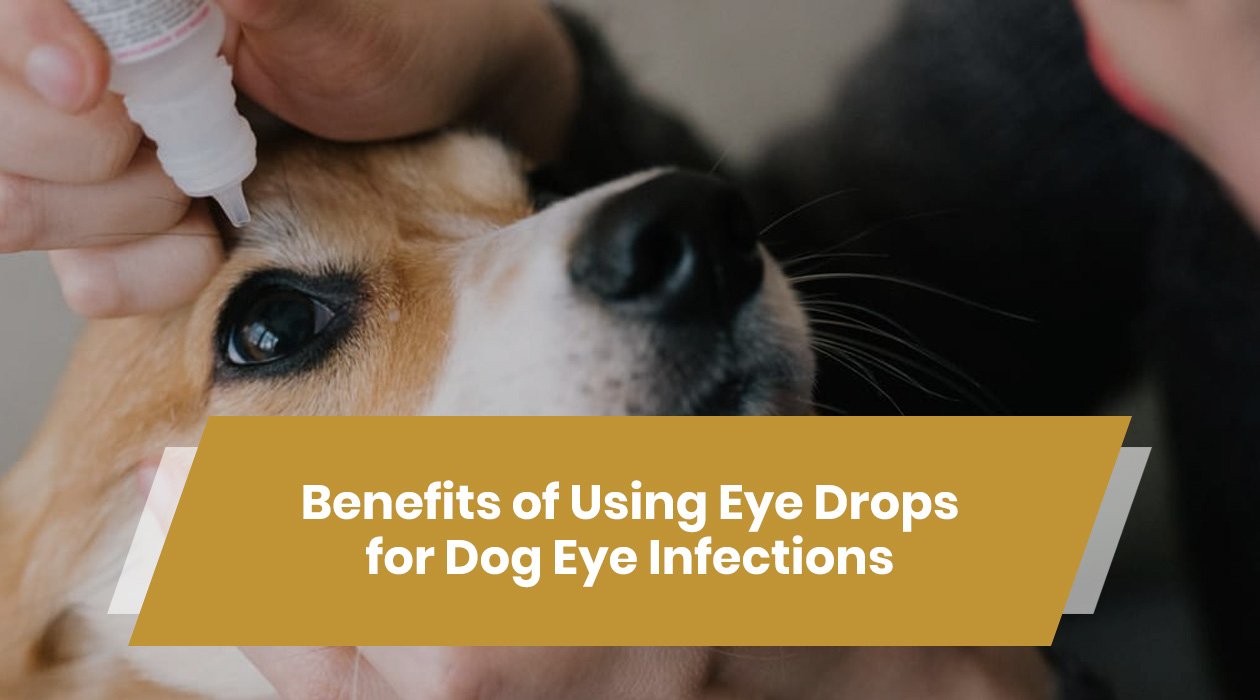
 Australian Shepherd
Australian Shepherd Beagle
Beagle Belgium Shepherd
Belgium Shepherd Bernese Mountain Dog
Bernese Mountain Dog Border Collie
Border Collie Boxer
Boxer Bulldog
Bulldog Cavalier King Charles Spaniel
Cavalier King Charles Spaniel Chihuahua
Chihuahua Cocker Spaniel
Cocker Spaniel Dachshund
Dachshund Doberman Pinscher
Doberman Pinscher Dogo Argentino
Dogo Argentino French Bulldog
French Bulldog German Shepherd
German Shepherd Golden Retriever
Golden Retriever Great Dane
Great Dane Himalayan Shepherd
Himalayan Shepherd Indie Dogs
Indie Dogs Labrador Retriever
Labrador Retriever Pakistani Bully
Pakistani Bully Pembroke Welsh Corgi
Pembroke Welsh Corgi Pitbull
Pitbull Pomeranian
Pomeranian Poodle
Poodle Pug
Pug Rottweiler
Rottweiler Shih Tzu
Shih Tzu Siberian Husky
Siberian Husky Yorkshire Terrier
Yorkshire Terrier Australian Shepherd
Australian Shepherd Beagle
Beagle Belgium Shepherd
Belgium Shepherd Bernese Mountain Dog
Bernese Mountain Dog Border Collie
Border Collie Boxer
Boxer Bulldog
Bulldog Cavalier King Charles Spaniel
Cavalier King Charles Spaniel Chihuahua
Chihuahua Cocker Spaniel
Cocker Spaniel Dachshund
Dachshund Doberman Pinscher
Doberman Pinscher Dogo Argentino
Dogo Argentino French Bulldog
French Bulldog German Shepherd
German Shepherd Golden Retriever
Golden Retriever Great Dane
Great Dane Himalayan Shepherd
Himalayan Shepherd Indie Dogs
Indie Dogs Labrador Retriever
Labrador Retriever Pakistani Bully
Pakistani Bully Pembroke Welsh Corgi
Pembroke Welsh Corgi Pitbull
Pitbull Pomeranian
Pomeranian Poodle
Poodle Pug
Pug Rottweiler
Rottweiler Shih Tzu
Shih Tzu Siberian Husky
Siberian Husky Yorkshire Terrier
Yorkshire Terrier Abyssinian
Abyssinian American Bobtail
American Bobtail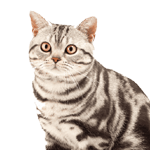 American Shorthair
American Shorthair Balinese Cat
Balinese Cat Bengal Cat
Bengal Cat Birman
Birman Bombay Cat
Bombay Cat British Longhair
British Longhair British Shorthair
British Shorthair Burmese Cat
Burmese Cat Devon Rex
Devon Rex Exotic Shorthair
Exotic Shorthair Himalayan Cat
Himalayan Cat Maine Coon
Maine Coon Oriental Shorthair
Oriental Shorthair Persian Cats
Persian Cats Ragdoll
Ragdoll Scottish Fold
Scottish Fold Siamese Cat
Siamese Cat Siberian Cat
Siberian Cat Sphynx Cat
Sphynx Cat

























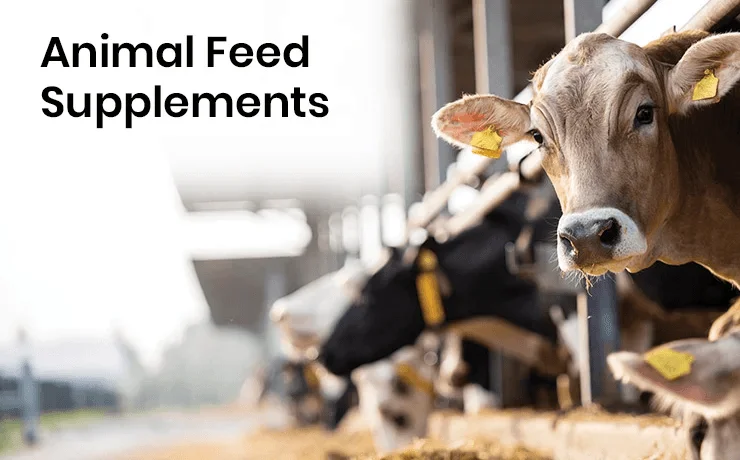














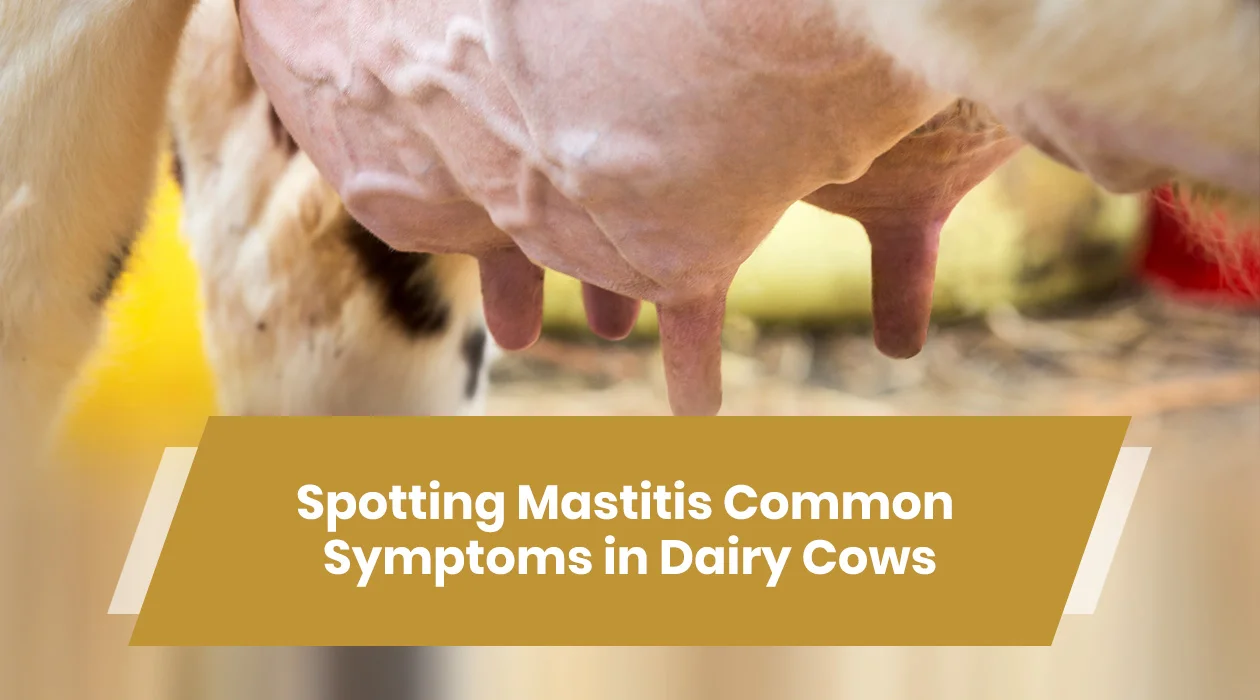








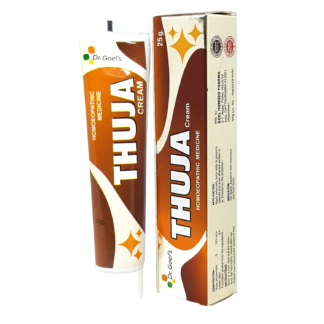






















1 thought on “Pet Off Feed: Pentoff Is What You Seek”
[…] […]